50+ Sample Sample Project Management Workflow Charts
-
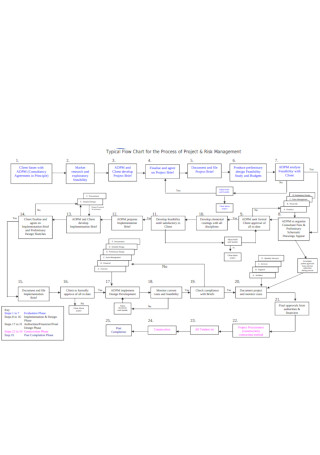
Project Risk Management Flow Chart Template
download now -
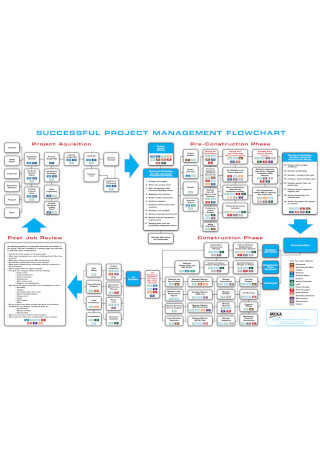
Sample Successful Project Management Workflow Charts
download now -
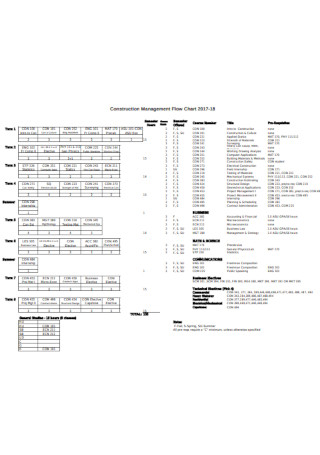
Construction Project Management Flow Chart
download now -
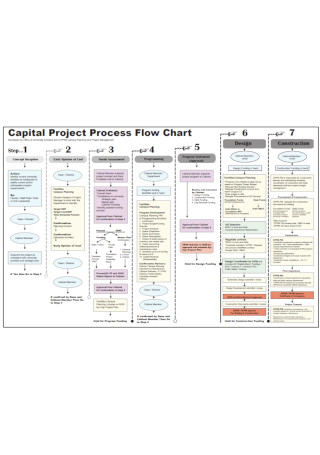
Capital Project Process Flow Chart
download now -
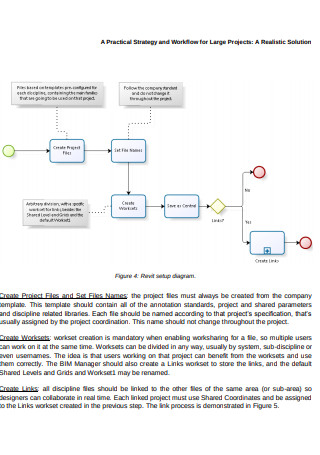
Practical Strategy and Workflow for Large Projects
download now -
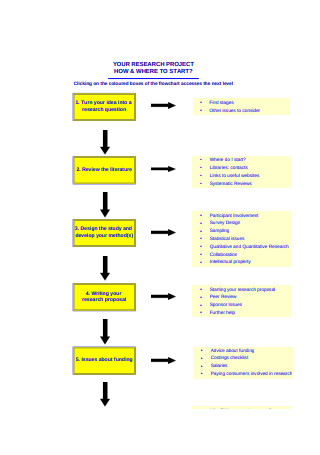
Sample Research Project Flow Chart Template
download now -
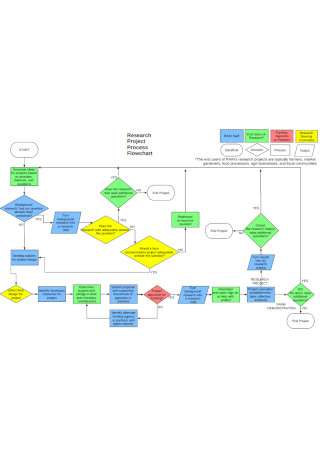
Research Process Project FlowChart
download now -
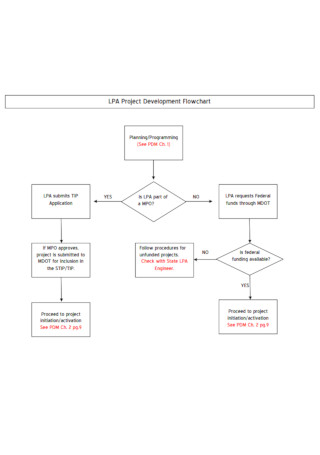
Project Development Flowchart
download now -
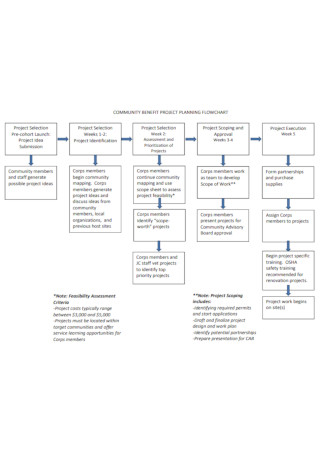
Community Benfit Project Planning Flow Chart
download now -
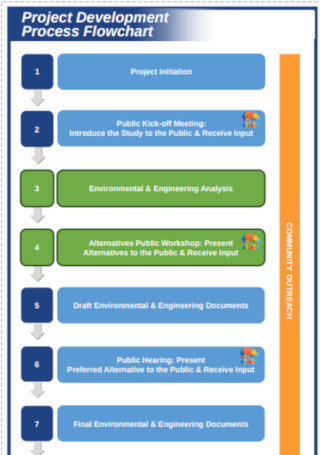
Project Development Process Flowchart Template
download now -
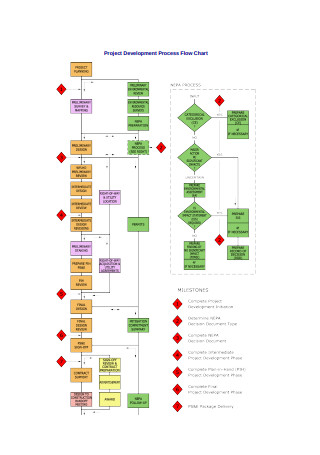
Project Development Process Flow Chart
download now -
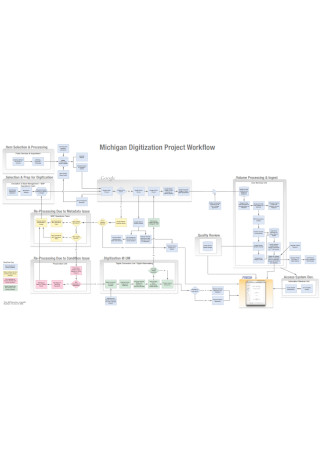
Sample Digitization Project Workflow Chart Template
download now -

Sample Construction Project Workflow Charts
download now -
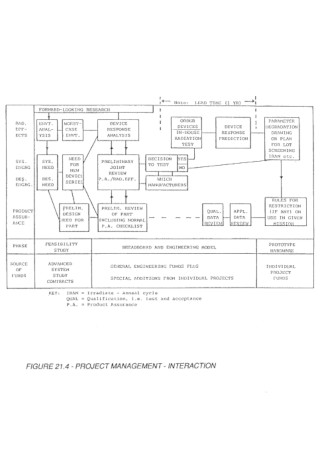
Simple Project Management Workflow Charts
download now -
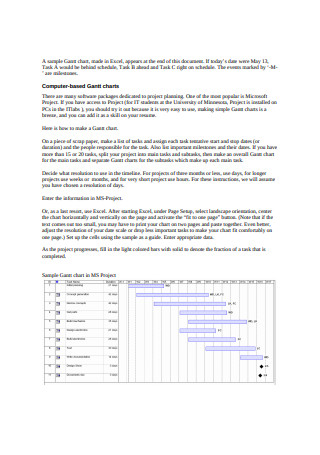
Project Planning and Gantt Charts
download now -
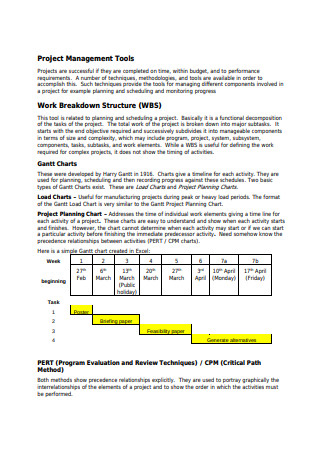
Project Management Gantt Charts
download now -

Work Project Management Flow Chart Template
download now -
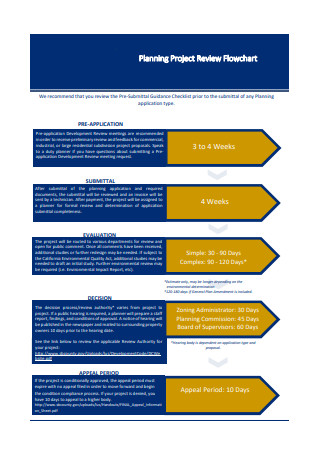
Sample Planning Project Review Flowchart
download now -
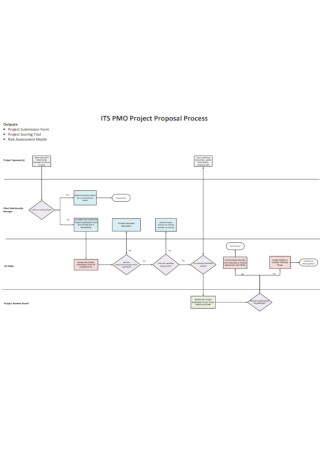
Project Proposal Process Flowchart
download now -
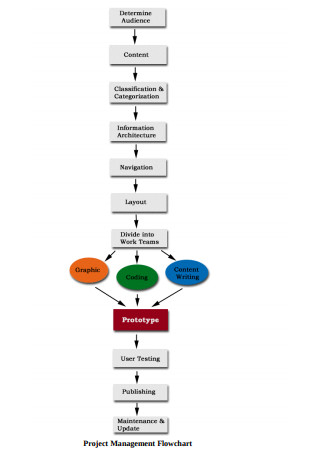
Coding Project Management Flowchart
download now -
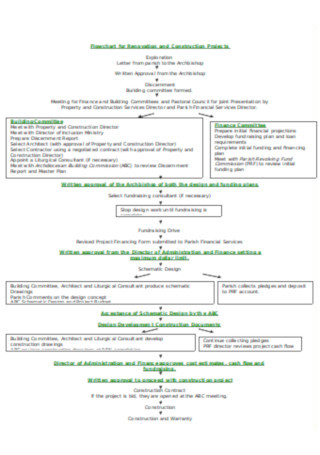
Flowchart for Renovation and Construction Projects
download now
FREE Project Management Workflow Chart s to Download
50+ Sample Sample Project Management Workflow Charts
What Is a Project Management?
Benefits of Project Management
Tips for Workflow Efficiency
How to Create a Project Management Workflow Guide
FAQs
What is the workflow process?
What is efficient workflow?
What is the most important step in the workflow?
What Is a Project Management?
Project management involves planning and organizing a company’s resources to accomplish a given work, event, or duty. It may be a one-time project or an ongoing activity, and the managed resources include persons, funds, technology, and intellectual property. Project management is often connected with engineering, building, and, more recently, healthcare and information technology (IT), which typically include a complicated set of components that must be completed and assembled in a predetermined manner. Regardless of the industry, the project manager’s duties are generally the same: to assist with the project’s goals and objectives and to identify when and by whom the various project components must be accomplished. Additionally, they create quality control tests to guarantee that finished parts satisfy a particular standard.
Benefits of Project Management
If you’re still on the fence regarding whether or not you need project management, continue reading to learn the benefits of project management and a few simple strategies to implement these concepts into your team’s working style—no fancy degree or certification course is required.
Tips for Workflow Efficiency
Some of the most significant time-wasters on the work are confusing assignment agreements, assigning unnecessary tasks, and attending lengthy meetings. With the correct tools, you can decrease these time-wasting activities. Optimizing your workflow processes is a time-consuming endeavor. Taking the time will, however, save you both time and money in the long run.
1. Evaluate Your Existing Procedures
Before you can do anything else, you must analyze your current workflow procedures. This includes soliciting feedback from employees regarding the effectiveness of current practices. The objective is to determine what needs to be fixed with your current approach. It would help to examine your present workflow according to the various roles. This can assist you in identifying how to optimize the performance of these operations.
2. Establish Project Priorities Based on Significance
After understanding your current processes, you must prioritize them according to their significance to your plans. This entails dissecting each project to arrange the appropriate work. The goal is to schedule each job in a project based on its relative importance to the project’s completion. Tracking the tasks your staff is working on requires the appropriate software.
3. Employ Appropriate Training
Correct training procedures are crucial to guarantee that staff does their duties properly. To do this right, track and arrange employee training agreement. This includes improving the training procedures, so employees receive only the necessary training. Ensuring your employees understand how to do their duties effectively and all safety measures is an excellent starting point for success. According to the Association for Talent Development (ATD), organizations that provide comprehensive training program proposals have a 218% higher per-employee income than those that do not.
4. Organize Efficiently
By keeping workflows efficient, projects and schedules are set up so everyone knows what needs to be done. You need to set up ways to track how productive your employees are. It would help if you also had a schedule to follow how much time employees spend on projects. To organize time well, you must have good ways to keep track of time.
5. Assign Individuals to Certain Tasks
Assigning employees to a specific task list is a component of time management for employees. According to studies, employees are productive roughly 60% of the time. An employee’s inefficiency can be exacerbated by interruptions every three minutes and excess scheduled meetings. When employees lack specific assignments to push them, they are more prone not to exert effort. Assigning tasks to particular personnel is essential to reduce time wasted through inefficiency. This needs knowing the capabilities of each person to post assignments appropriately.
How to Create a Project Management Workflow Guide
To create a project management workflow, list the project lifecycle steps. Nevertheless, if you’ve worked on many projects, you know that this is more complex in practice. Developing efficient project management workflows is facilitated by the availability of the proper tools, such as a high-quality project management software application. There is a reason why 77% of high-performing teams perform better when they use project management software to track and organize tasks. Teamwork is an all-in-one solution that streamlines your client work by keeping you organized in one spot and providing you with the tools you need to create exceptional client experiences. You are covered for time tracking, billing, communication, and resource planning.
1. Make a List of Tasks to Be Completed
Regardless of the job size or process for which you are developing a workflow, you must begin by defining the boundaries. In large-scale initiatives, this may involve identifying all the significant project steps. This task will have already been completed in cases of a smaller size. Once a preliminary structure has been established, it is time to build a list of tasks. This list should cover every activity and process, leaving everything to be included. Include the work before and after the “primary” job, such as obtaining stakeholder consent and conducting final post-production checks. When you compile the list, you should begin identifying which individuals or departments these duties and responsibilities belong to. You should also ensure that the tasks are presented in sequence, though you will have plenty of opportunities to tweak this as you progress.
2. Determine the Required Equipment
After compiling a comprehensive list of occupations and responsibilities, it is time to broaden your search. Secondly, you must identify the necessary tools and resources for the team to complete the task. Evaluate all forms of resources that you currently lack. Then, design an action plan to acquire the missing resources.
3. Distribute Responsibilities and Define Roles
No project management process is complete without allocating tasks and phases to individuals or departments. If you are building a reusable process that will be repeated for comparable jobs or iterative steps, you should leave this blank for now; list the department, not the individual. Use pre-made project management templates to reduce manual labor for you and your team. Each project team can modify the template by replacing department names with specific resource names.
4. Test and Improve Workflow over Time
Consider the initial implementation of every project management workflow as a trial run, as no workflow will be flawless on the first try. Continually test and refine your workflows, making tweaks and enhancements over time. Also, you can provide a new process to the team that will utilize it. Most of the time, certain team members have performed some of these jobs previously and may provide important information. Even if the workflow is brand-new, presenting it to a group might help you identify bottlenecks, dependencies, and logical flaws you missed.
FAQs
What is the workflow process?
A workflow process automates a business process that may be entirely automated or partially automated. Documents, information, and tasks may travel through procedural norms.
What is efficient workflow?
Workflow efficiency refers to the general pattern, procedure, and performance you and your team employ to finish a project portfolio. Optimizing your workflow aims to make this process as efficient as feasible while generating as little waste as possible.
What is the most important step in the workflow?
Process analysis is one of the most critical workflow analysis phases. Using it, you may comprehend the current state of the company’s processes to identify development areas.
Workflows in project management help projects function more efficiently and promote transparency. They enable the creation of dependable, repeatable procedures that make each project more successful than the last. While you could manually design a project management process, a workflow management and project management platform provides templates, tools, and connectors that make workflows simple to create, maintain, and use to expand your business.
